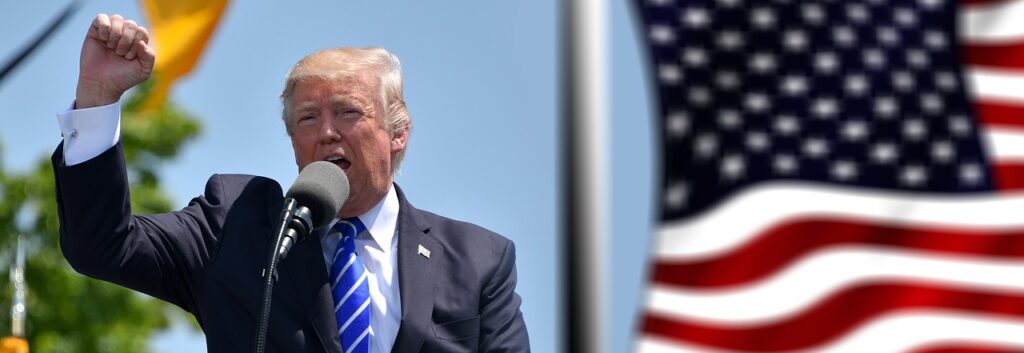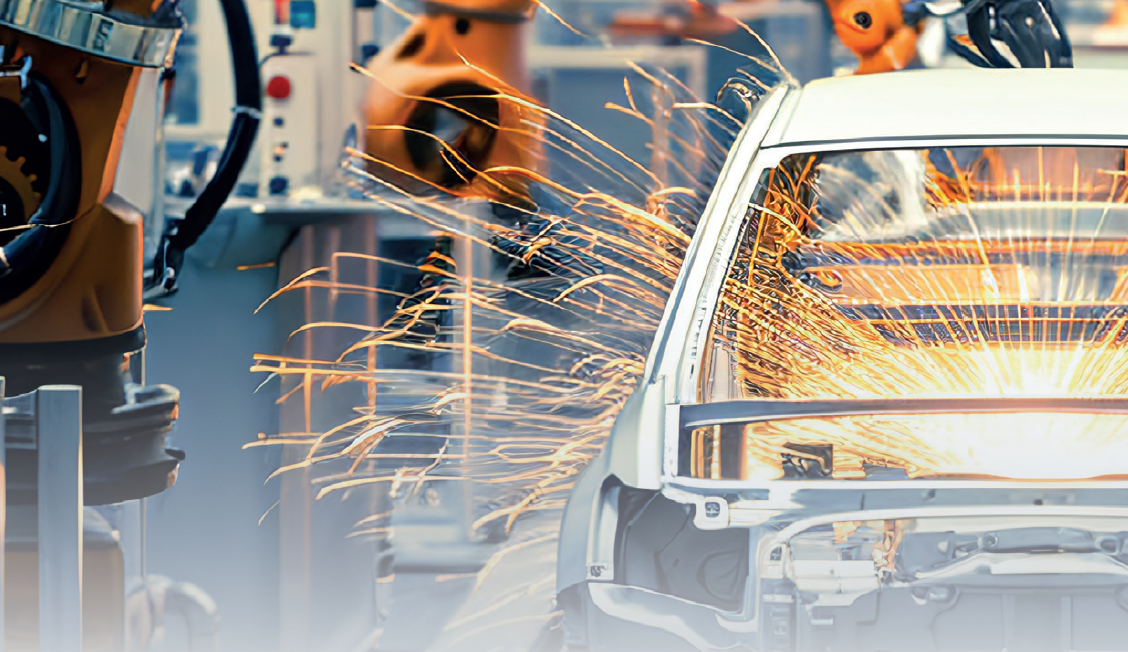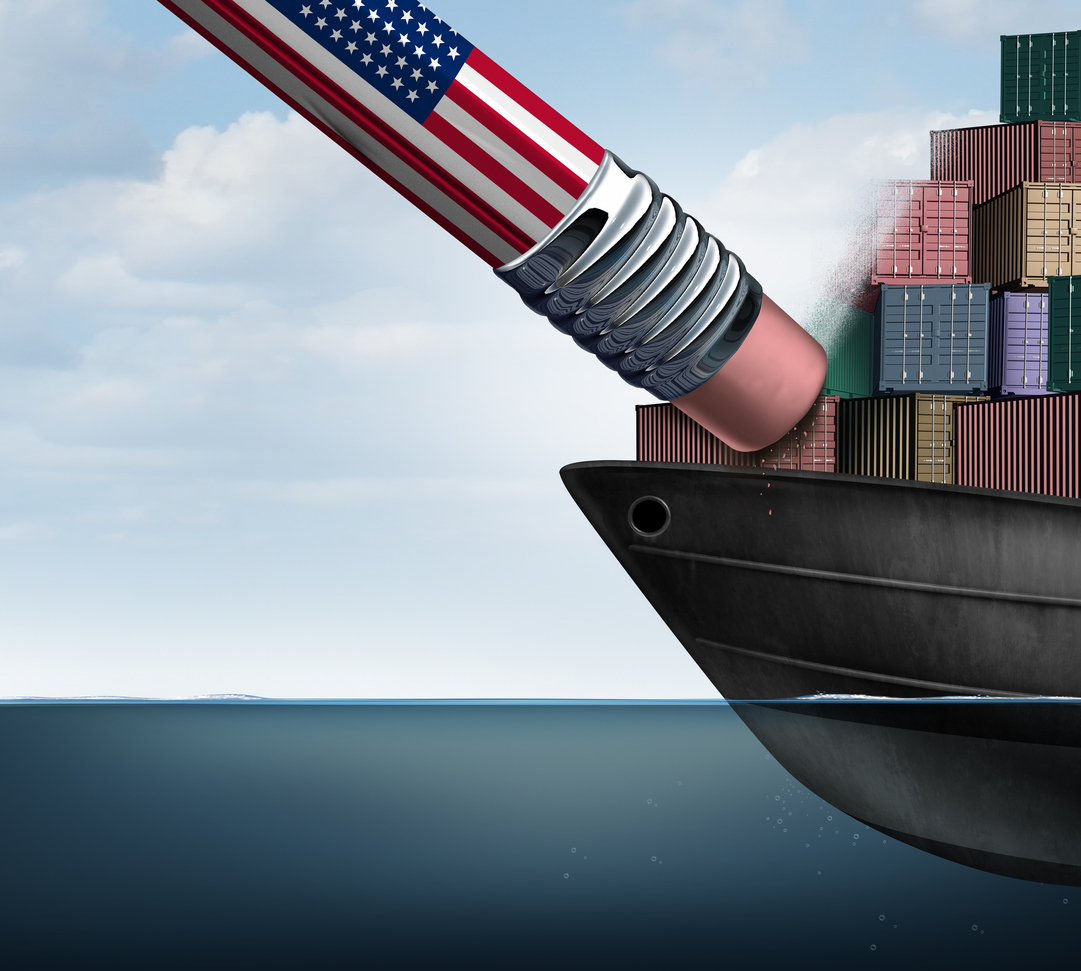The COVID-19 pandemic brought the global economy to an unprecedented standstill in 2020. Governments responded by injecting taxpayers’ money and new public debt into the markets. Combined with disrupted supply chains, this led to consumer inflation reaching heights not seen since the 1980s. Since then, inflation has been eroding living standards and the wealth of the middle class in nearly all developed countries.
The US Republican party just won with a kind of landslide majority. Depending on the political balance of your preferred media channels, the surprise was more or (much) less fierce.
However, US election analysts agree on one thing: people voted with their wallets. Economic self-interest was the top priority for voters. Given that the US social security system emphasizes individual ownership over welfare, voters closely link their economic well-being with the health of the overall economy. Despite legal issues and allegations, a significant majority saw Donald Trump as the better choice. Whether their hopes will be realized remains to be seen.
The new US administration’s priorities are already clear: national economic benefit and resilience over globalization and free trade, and national strategic interests over acting as the “world’s policeman.”
Throughout this article, we will revisit these priorities and their implications for the machine vision industry.
Outlook to Trump 2.0
Right after the US election results were announced, the US-Dollar valuation jumped, increasing up to 5% compared to November 5th over recent weeks. This provides a welcome discount on investment goods imported into the US, even though credit interest rates remain high despite the latest and second rate cut by the FED this year.
The new president-elect has repeatedly proposed import tariffs, claiming they would protect the US economy, particularly the automotive industry, from Chinese competition. This is the most imminent measure he announced for the first day of taking office.
Both a strong dollar and the anticipated tariffs are filling the order books of non-US suppliers as business customers in the US try to import as many goods as possible before tariffs are imposed. However, this is a short-term effect.

9 Implications of Trump’s Victory on the Machine Vision Industry
Overall, Trump’s presidency and his announced import tariffs can be expected to:
- Attract investments into building manufacturing capacity on US territory, especially for high-value goods, to avoid tariffs, creating business opportunities for the Machine Vision industry.
- Release held-back investment activity due to the resolved uncertainty from the election.
- Decelerate the cooling of US inflation, keeping interest rates attractively high for capital, hence strengthening the US Dollar valuation, which finally invokes a price disadvantage for US players and an advantage for European and Asian players in global markets.
- Accelerate the ongoing relocation of production capacity out of China to India, SEA, and North America to avoid tariffs and corresponding disadvantages on the US market. Equipping these green-field factories boasts big opportunities for non-Chinese Machine Vision players and Chinese players who are not government-subsidized.
- Weaken the direct market access of Chinese Machine Vision players in the US.
- Amplify the adoption of ABC (All But China) policies of US importers, restricting the use of Chinese-owned components in acquired equipment.
- Lead to intensified business and sales activities of Chinese players in their remaining addressable markets in Europe, the Middle East, SEA, and Latin America.
- Force European countries to invest heavily in their own military strength, providing growth opportunities for Machine Vision in military equipment and its manufacturing.
- Command the EU and especially the Euro-zone to reform its conditions as a business location, foster the European market, and unite its economic forces to ensure access to required commodities, raw materials, semiconductors, technologies, and low-cost energy, creating business perspectives for Machine Vision and all Automation providers.
by Dr.-Ing. Ronald Müller,
Managing Consultant, Strategy and M&A in Machine Vision, Vision Markets GmbH








